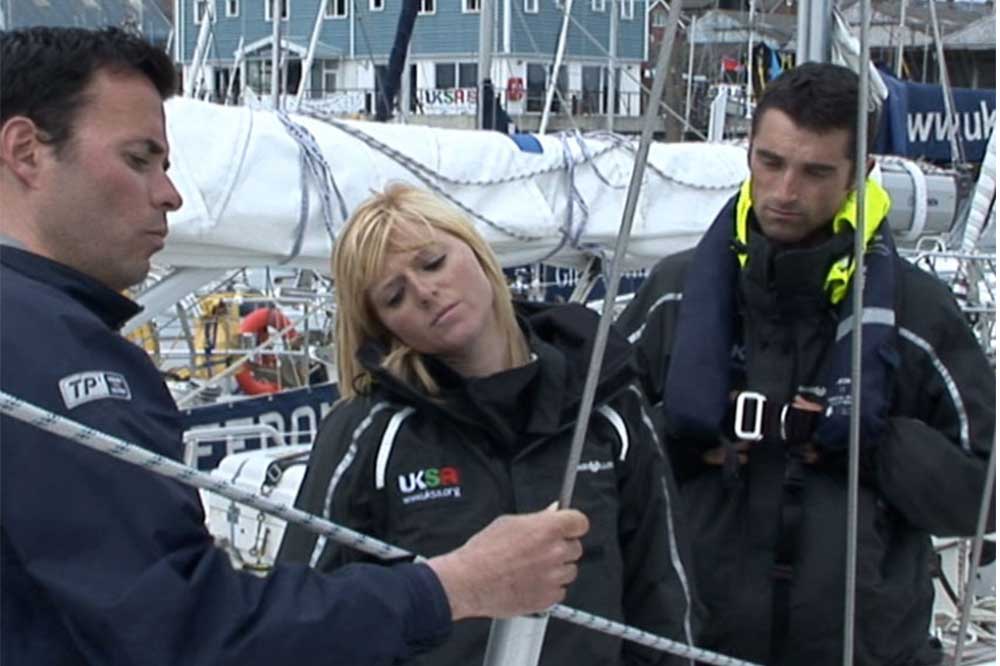Skippers Responsibilities
Skippers are obliged to give a safety briefing to the crew even if they are a regular crew. At least tell them the plan for the day or the cruise and the watch keeping rotas.
Location of boat safety equipment
This is a vital aspect of the safety briefing and it should detail items such as liferafts, lifejackets, flares, safety harnesses, fire extinguishers etc. and how and when to use them.
Actions for a fire at sea
Apart from the location of fire extinguishers and equipment the briefing should detail items such as a head count and escape hatches.
Radio and distress signals at sea
Make sure there is someone else on board who can operate the radio and knows the routine for distress signals.
Actions for abandon ship and man overboard
Detail the procedures for abandoning ship and responsibilities if this happens.
Proposed vessel passage plan
Tell the crew where you plan to go and some idea of timings.
Personal locator beacons
If personal locator beacons are carried make sure the crew know how to use them and how they work.
Seasickness
Ask about seasickness and issue tablets if necessary.
Safe Skipper snippet from the new app for iPhone & Android:
Dag Pike’s Boating Checklists
About the author:
Dag Pike began his career as a merchant captain, went on to test lifeboats, and took up fast boat navigation, winning a string of trophies for powerboat races around the world, including navigating Richard Branson’s Virgin Atlantic Challenger on the record-breaking fastest Atlantic crossing by powerboat.










